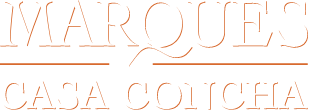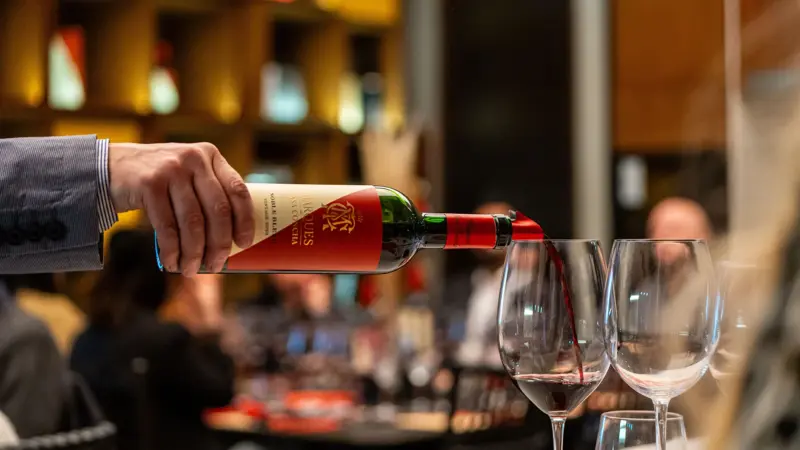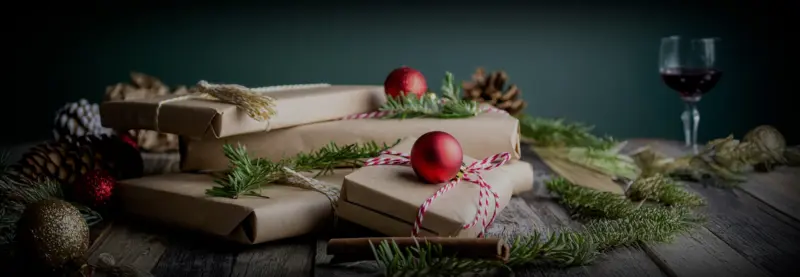When it comes to haute cuisine, there are certain products that enjoy an exclusive reputation and are therefore in great demand. Here we tell you about a trio whose nobility dates back to ancient times.
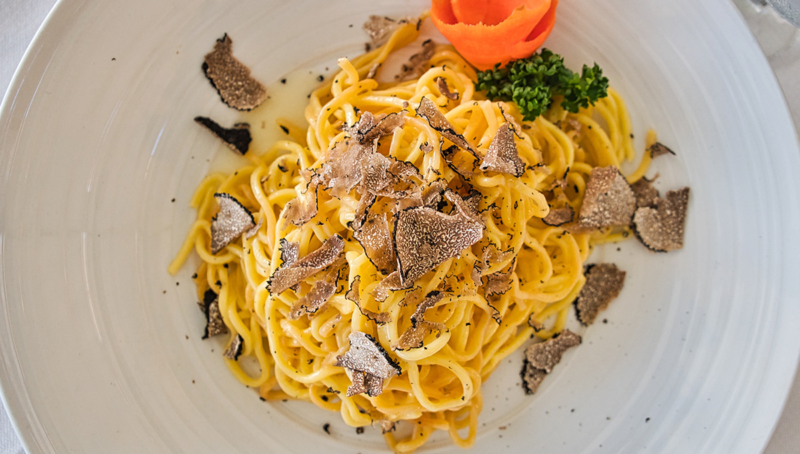
White Truffles from Piedmont
The areas surrounding the cities of Asti and Alba, in the Italian Piedmont, are the source of one of the world’s most sought-after delicacies, known as gastronomic “white gold.” In addition to the characteristic umami flavor and nearly indescribable aromatic complexity it contributes to dishes, the tartufo del Piemonte, or white truffle, can cost as much as €6,000 per kilo.
This luxury fungus is marketed annually through the Feria Internazionale del Tartufo Bianco D’Alba. This fair is the best place to appreciate truffles and learn directly from its producers, the quality control committees, and a select group of chefs who travel especially to offer cooking demonstrations featuring this star product.
Unlike black truffles, the white variety is only consumed raw and is much more powerful. Its potency is such that it can easily overwhelm a dish, making a cook’s skills essential. Its flavor is delicate, slightly spicy, and may recall garlic, cheese, butter, almonds, and even fruit. What a truffle tastes like will ultimately depend on each diner, which is why it is considered such a special product. Furthermore, it only grows in the wild, which makes it scarce and difficult to acquire.
One very popular dish to enjoy its legendary flavor is Tagliolini with white truffles. This egg pasta is thinner than tagliatelle and is served with a sauce based on butter, Parmesan cheese, and grated truffles. The rule says that white truffles go with white wine, making the Marques de Casa Concha Edición Limitada Chardonnay an ideal choice for this simple and delicious dish ideal with the
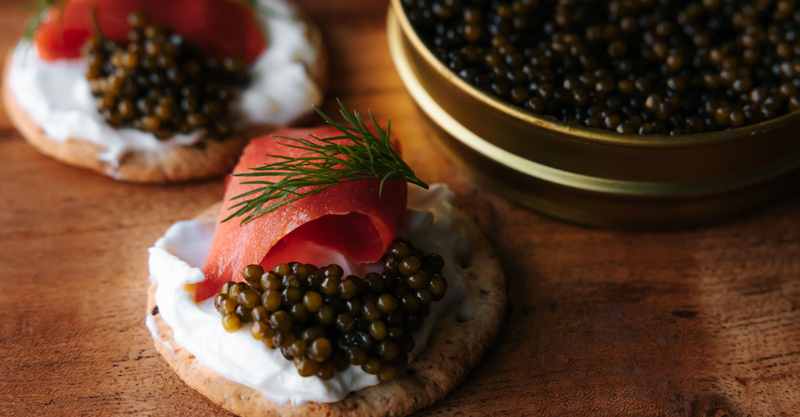
Beluga Caviar from Iran
Another much-desired product in the gourmet market is caviar, or salt-cured sturgeon roe. Of the 27 species of sturgeon, Huso huso is the origin of the famous beluga, the most expensive of all caviars and whose primary global exporter is Iran.
A kilo of beluga caviar can cost €9,000 due to the time it takes the female to produce the roe (between 8 and 20 years) and the scarcity of the species (in danger of extinction), which is only found in the Caspian Sea, as well as its demand.
Beyond exclusivity, this caviar is appealing for its large gray and golden eggs that deliver a creamy, almost buttery texture and an intense, complex marine flavor and a lingering aftertaste. It is usually served as an appetizer or for special occasions, always cold and in very small quantities, to experience its texture and flavor. Purists believe that it is best served with vodka, although another excellent option is a glass of sparkling wine or a dry white such as the Marques de Casa Concha Chardonnay.
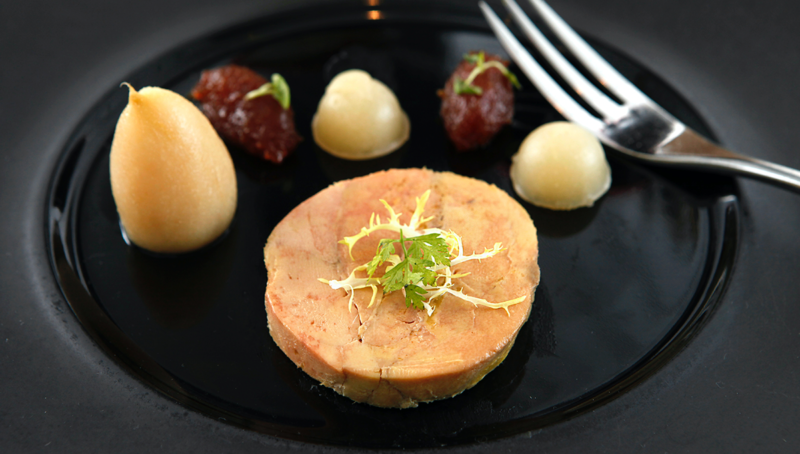
Foie Gras from France
And finally, we cannot fail to mention the most controversial product of the entire haute cuisine. It was in 3,000 BCE when the Egyptians realized the power that certain birds had to accumulate fat in their livers. The rest is history.
France, where duck and goose liver is the gourmet product par excellence, is the main producer, consumer, and exporter of foie gras in the world. The Périgord canard foie gras, for example, has a Protected Geographical Indication (PGI) thanks to its naturally balanced, buttery, delicate, and addictive flavor. It’s ideal as an appetizer served on a piece of brioche bread along with fresh figs and, as the French do, accompanied by a sweet or sparkling wine.
For those who are not used to such sweet, rich flavors, a good alternative pairing is a white wine with fresh acidity that cleanses the fat on the palate, although today, more and more people are opting to accompany it with red blends such as the Marques de Casa Concha Etiqueta Negra.
